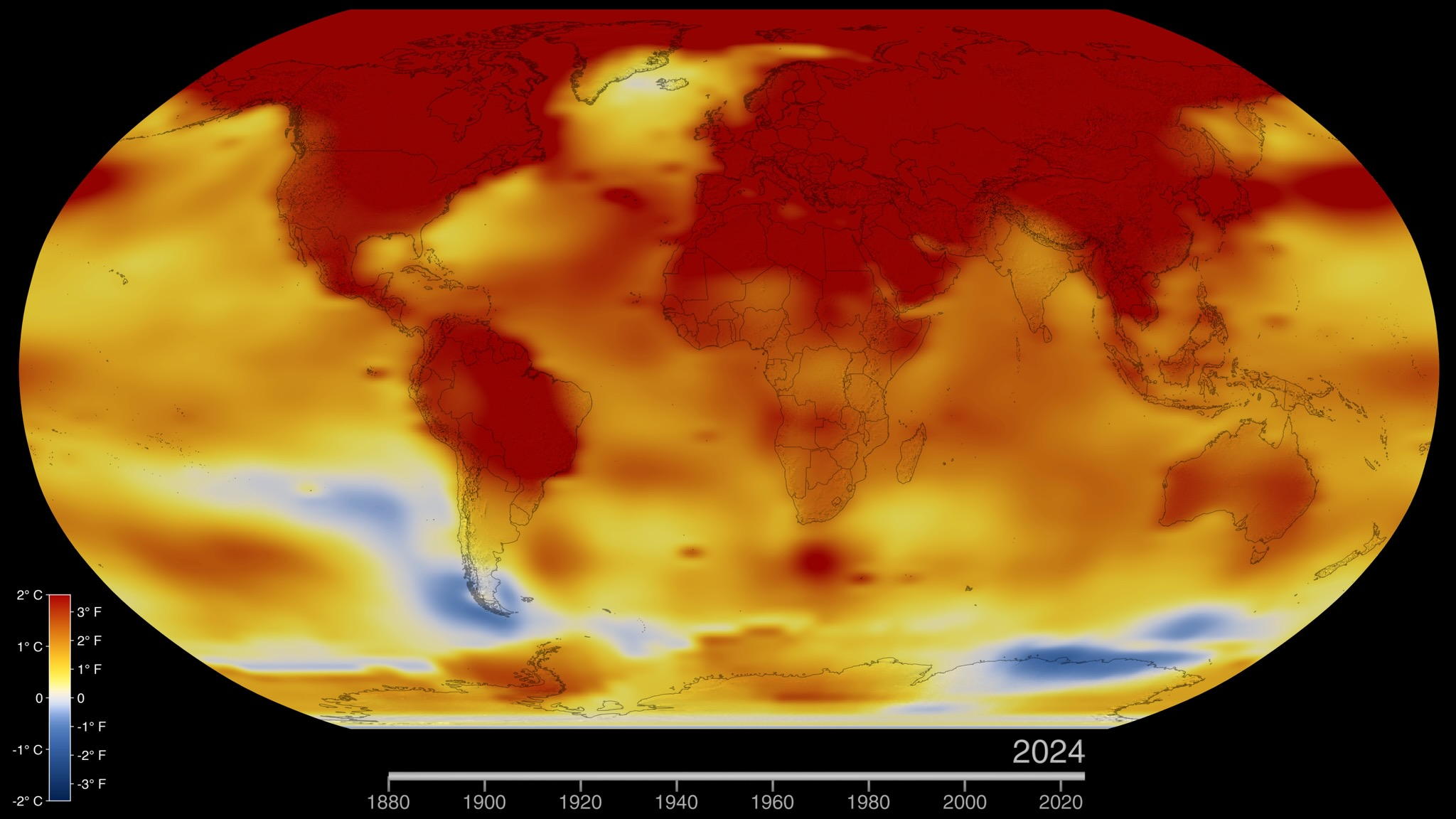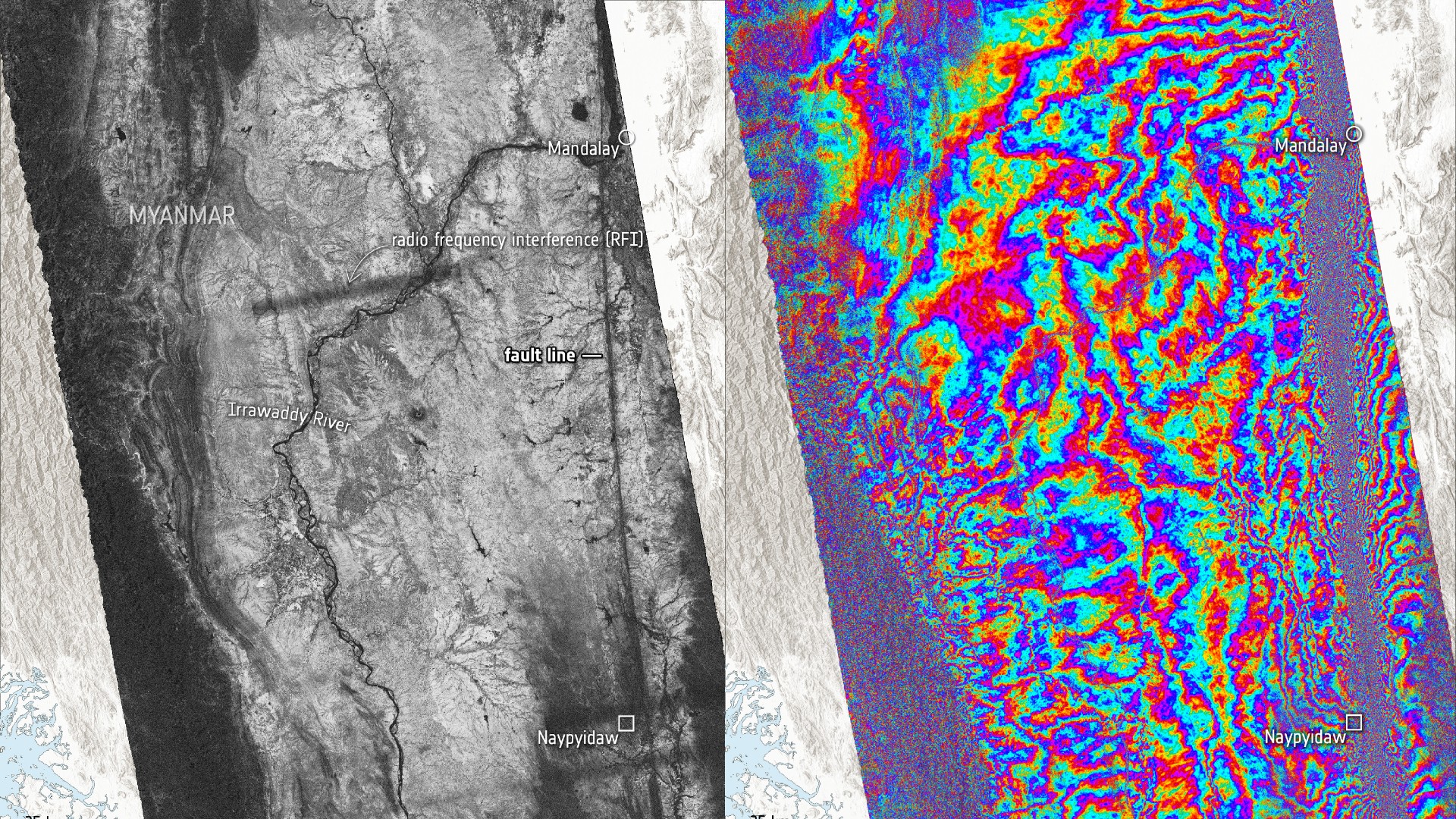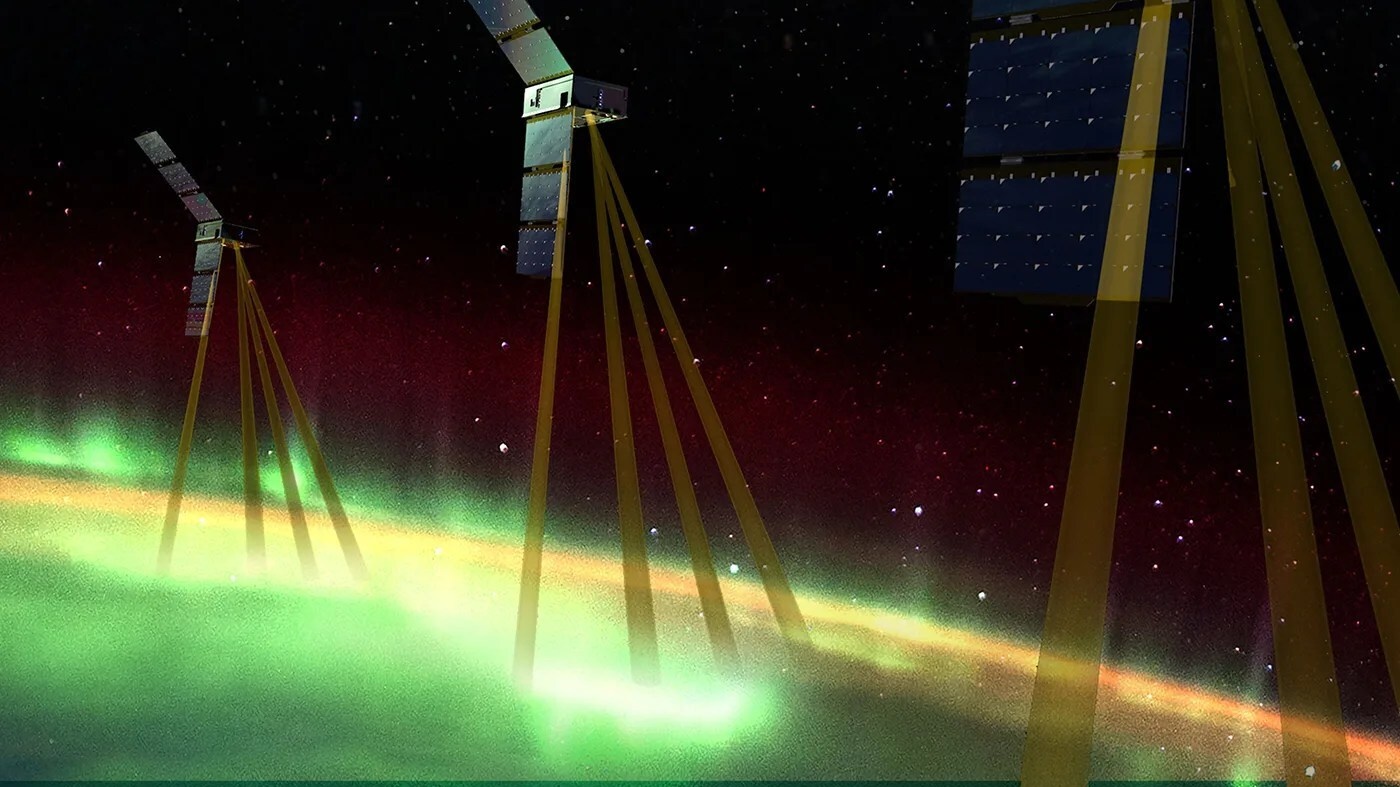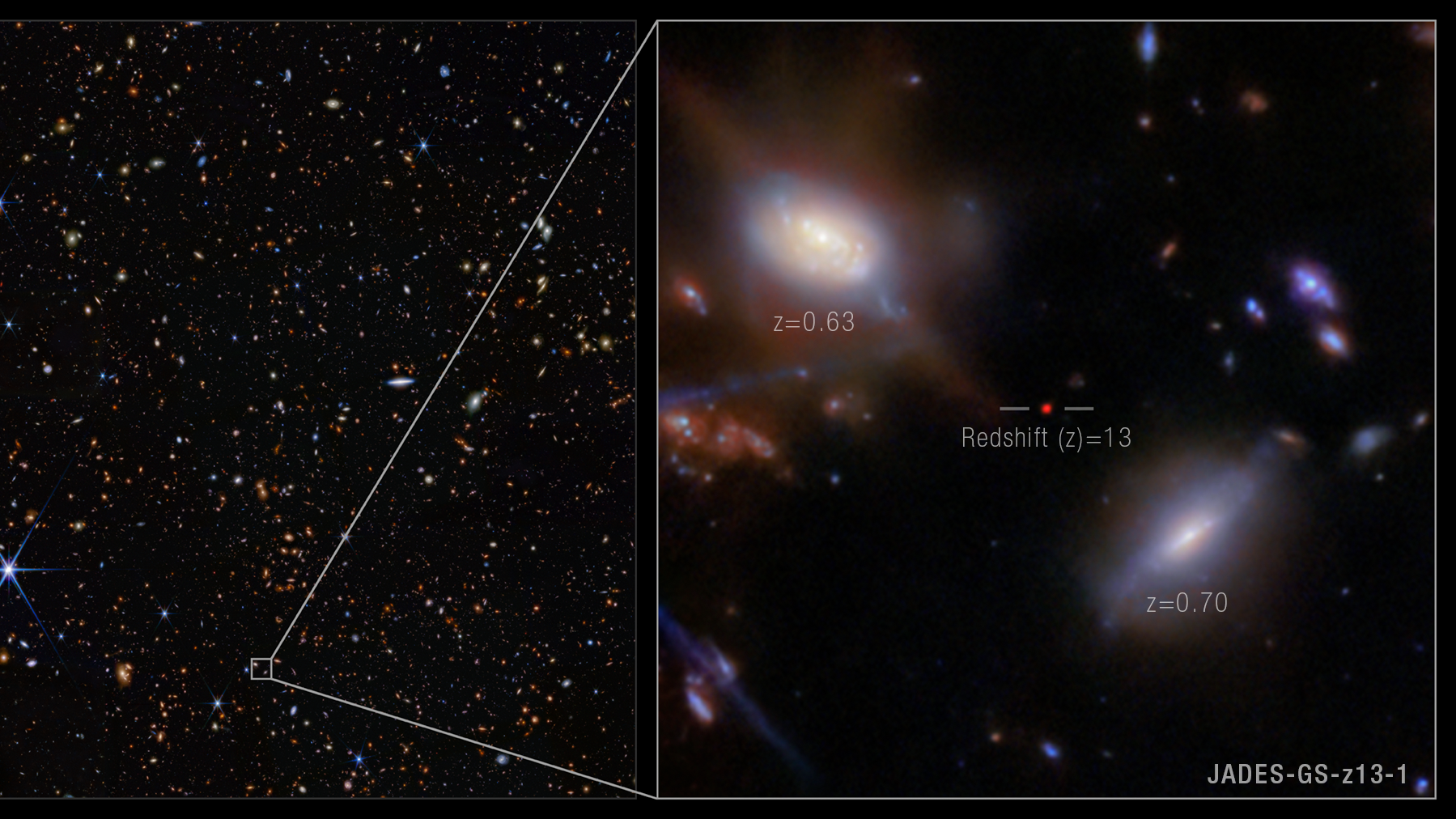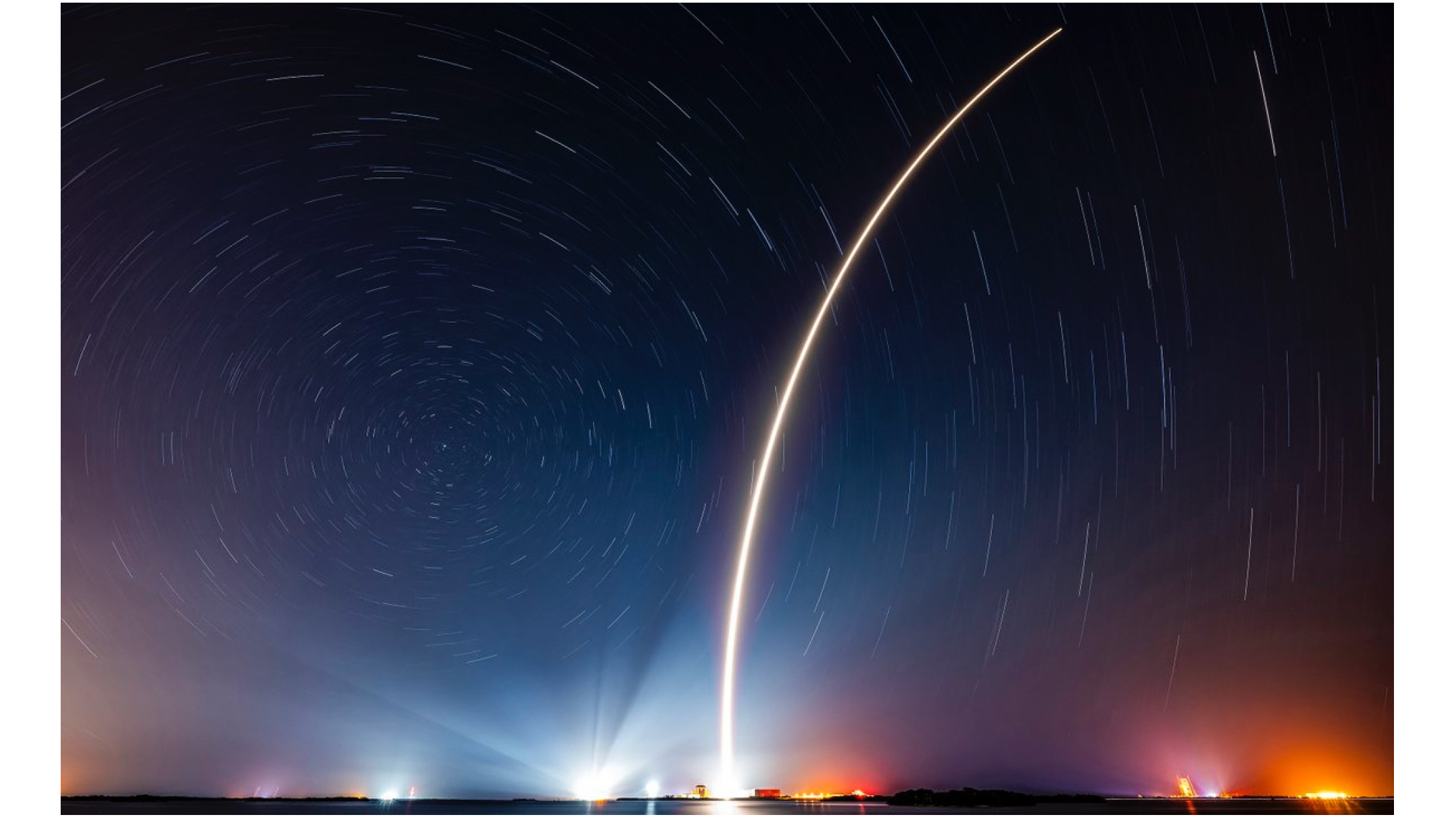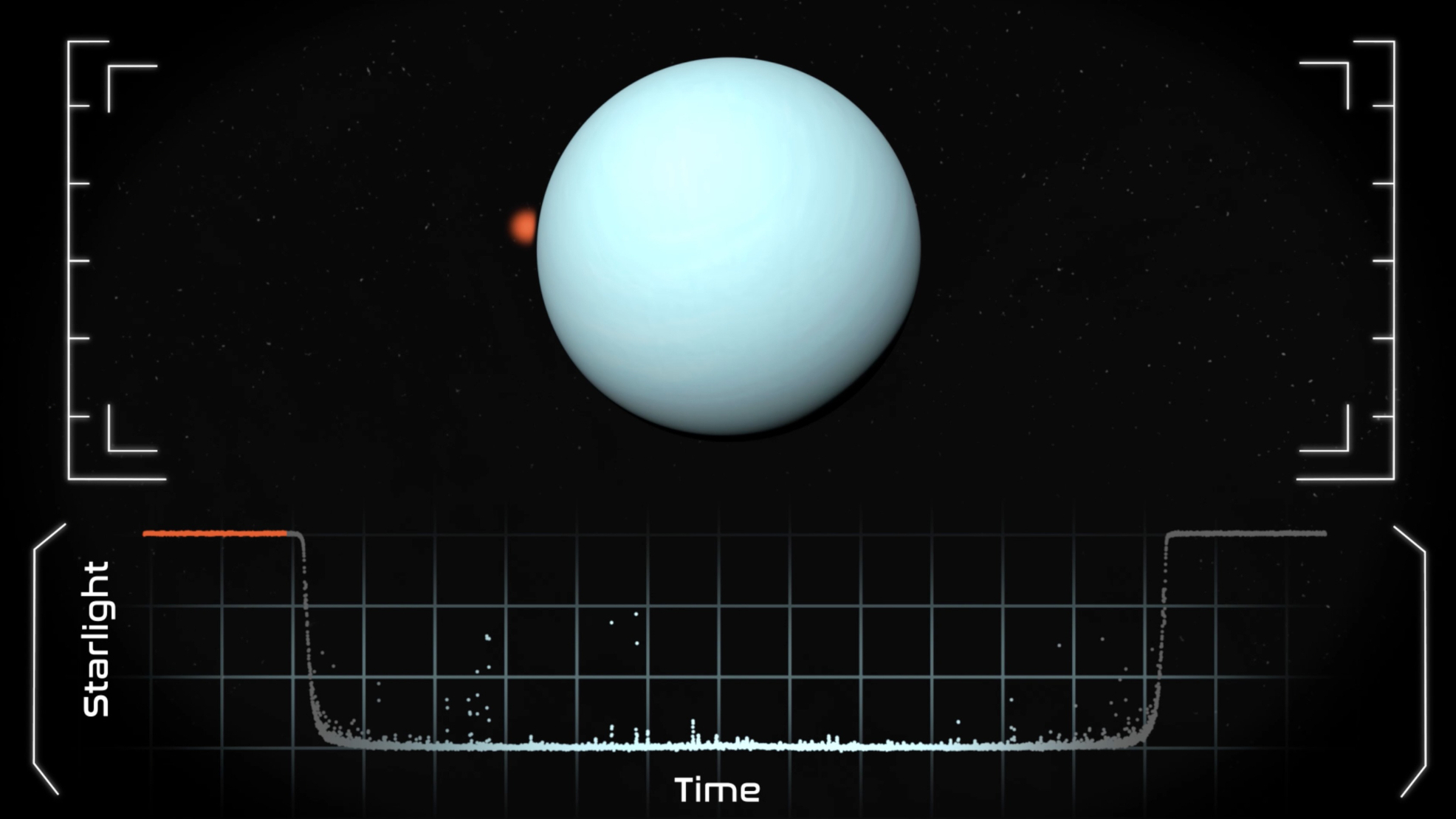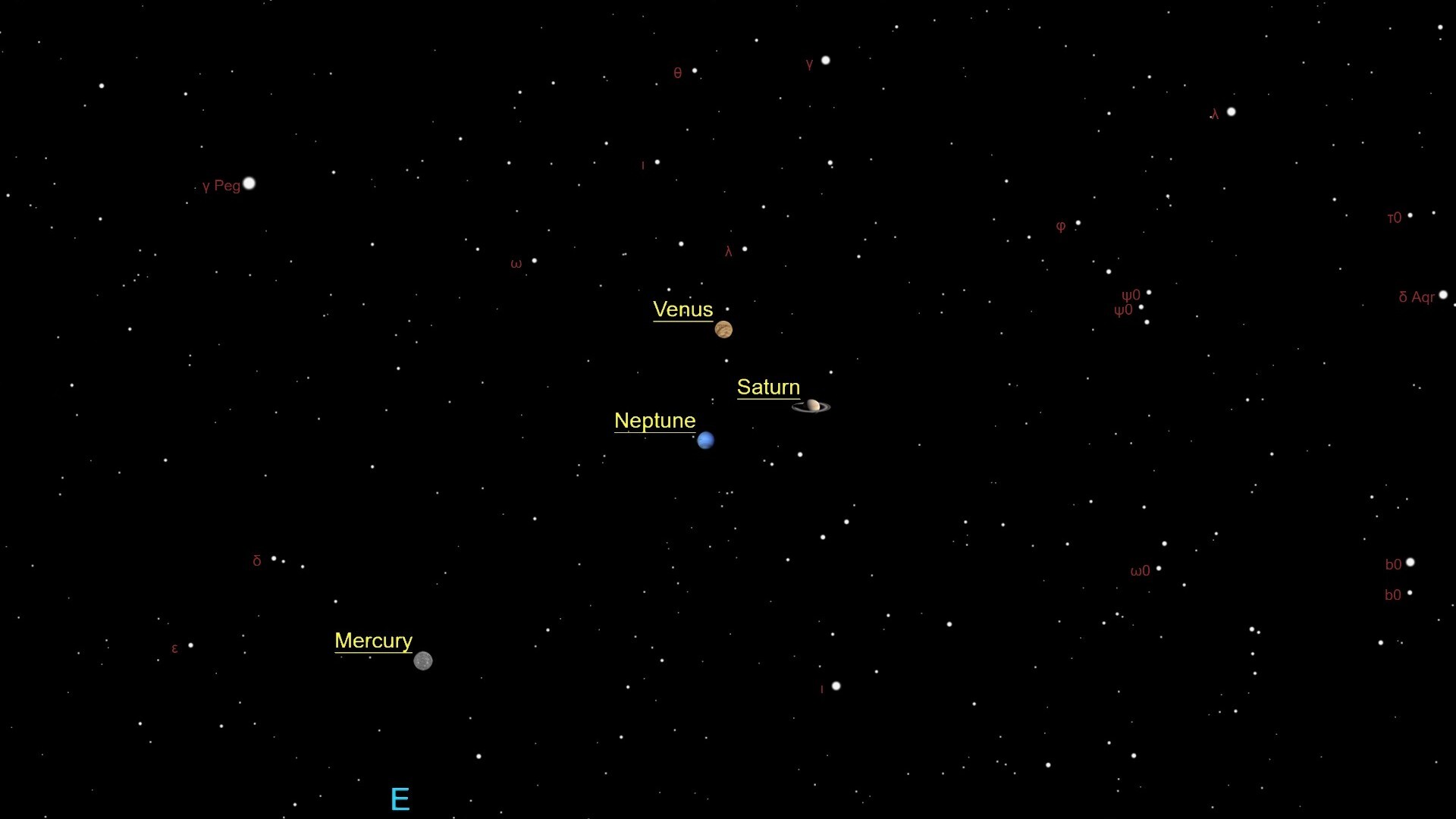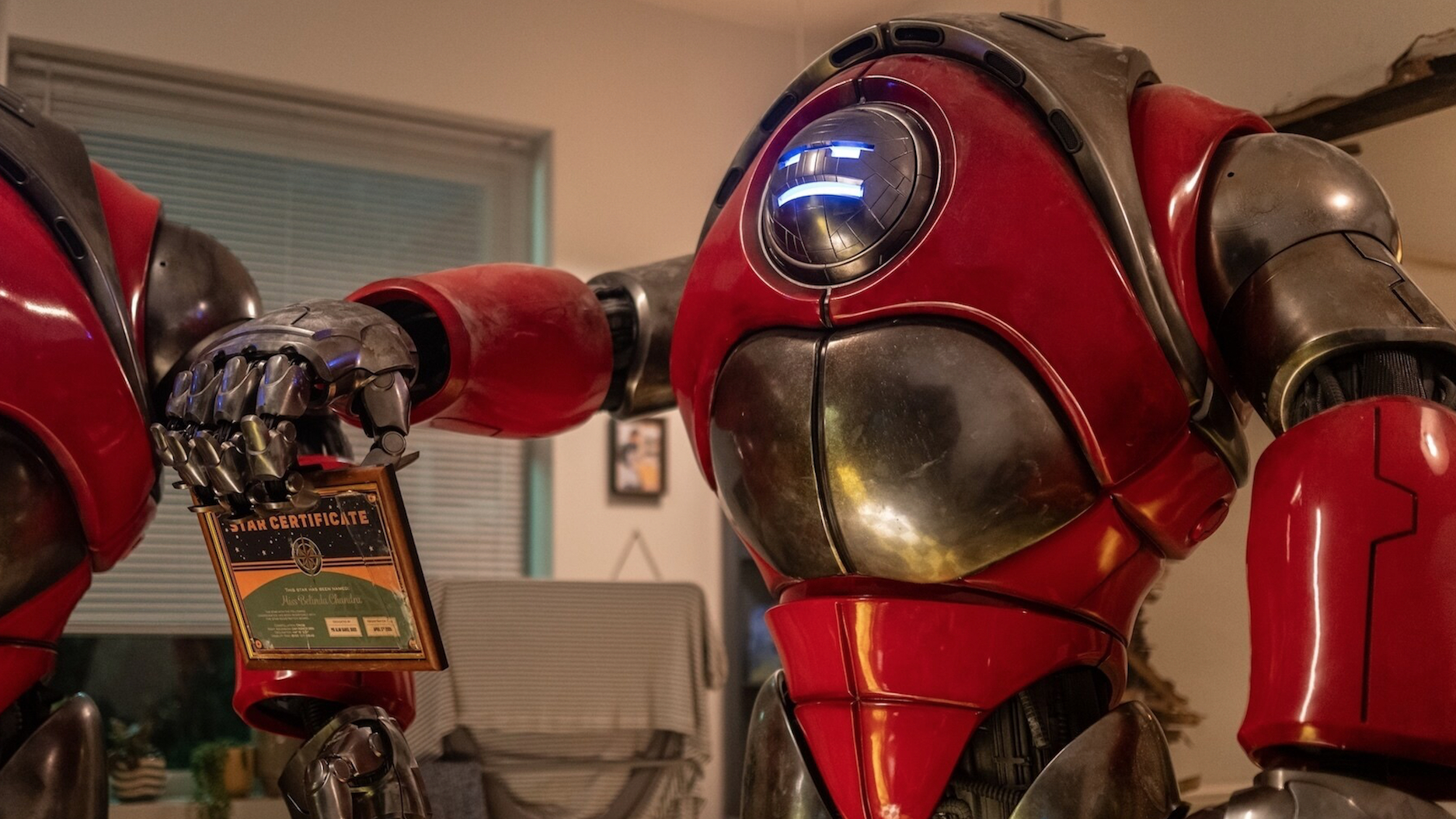NASA's New Horizons probe reaches rare distance, looks out to farthest Voyager
The Pluto spacecraft is about to cross the 50-AU threshold.
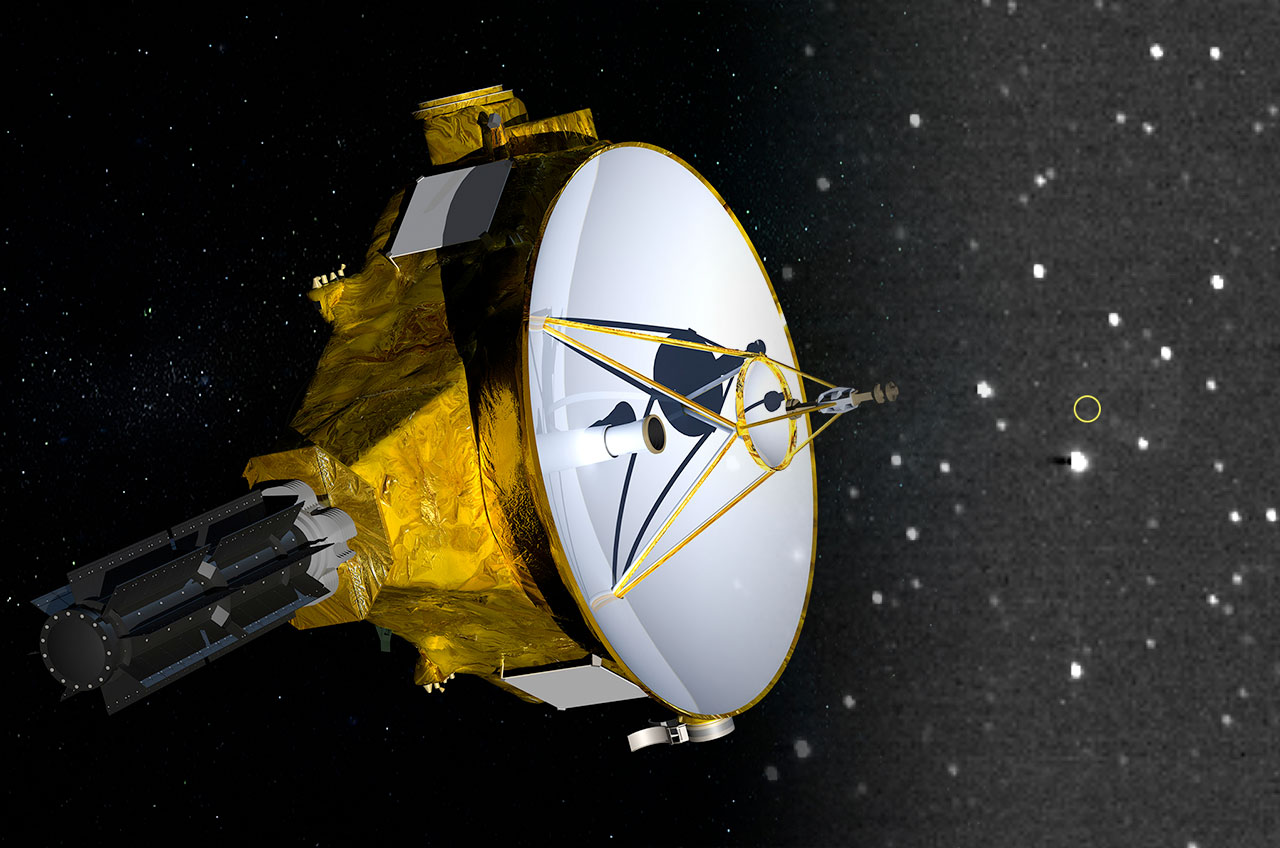
New Horizons is a long, long, long way from home.
Fifteen years after launching from Earth at a record speed, and six years since it became the first-ever spacecraft to fly by Pluto, NASA's New Horizons is about to reach a mile marker that only four other robotic probes in history have surpassed.
On Saturday (April 17) at 8:42 p.m. EDT (0042 GMT April 18), New Horizons will reach 50 AU (astronomical units) from the sun — or 50 times the distance the Earth is from the sun. That is 4.65 billion miles (7.5 billion kilometers). At 50 AU, it will take more than 6.5 hours for signals sent from New Horizons to reach Earth, and that is while traveling at the speed of light.
Destination Pluto: NASA's New Horizons mission in pictures
"I just think of the enormity of it," Alan Stern, New Horizons principal investigator at the Southwest Research Institute in Boulder, Colorado, said in an interview with collectSPACE.com. "It hasn't been done in a generation, since the Voyagers crossed these distances, and we're the only spacecraft out there in the outer heliosphere and the Kuiper Belt."
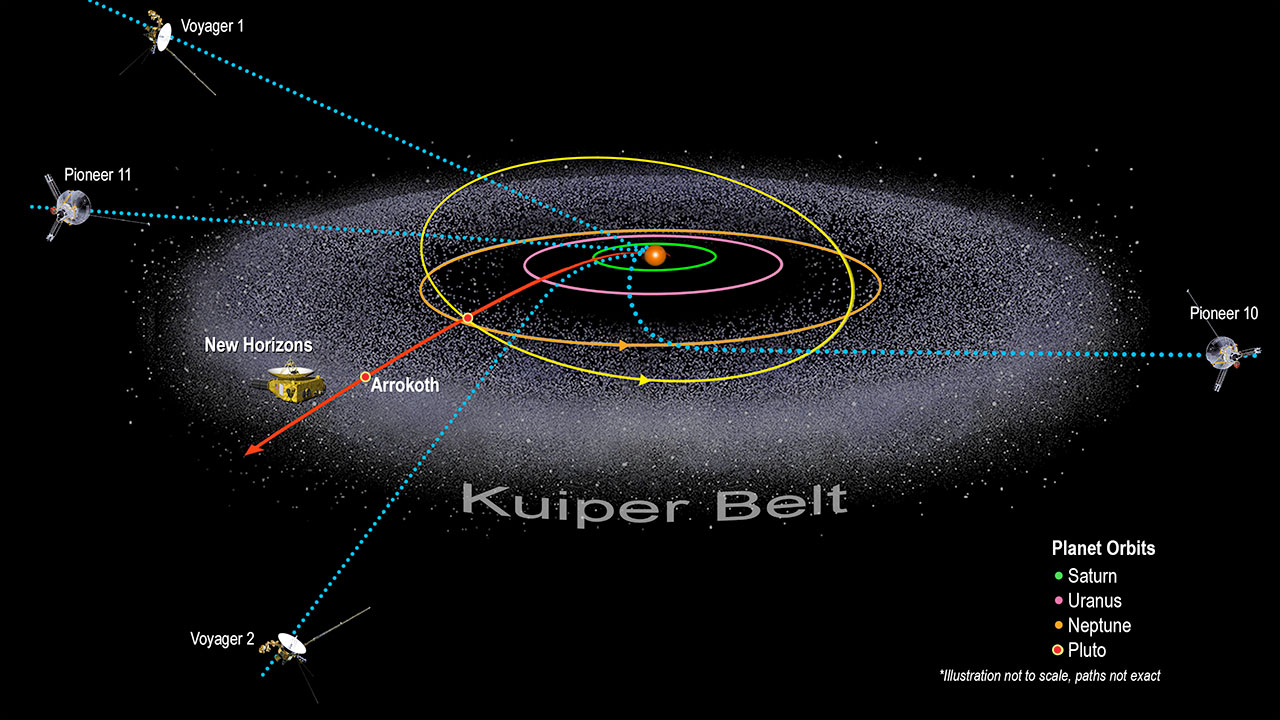
Way out there
New Horizons is the fifth most distant spacecraft from Earth.
Pioneer 10, which was launched in 1972 and was the first probe to pass through the asteroid belt and to fly by Jupiter, reached 50 AU on Sept. 22, 1990. Today, it is approximately 129 AU from Earth.
Get the Space.com Newsletter
Breaking space news, the latest updates on rocket launches, skywatching events and more!
Its sister ship, Pioneer 11, reached 50 AU a year later in 1991. It was launched in 1973 and in addition to flying by Jupiter, was the first to make direct observations of Saturn. It is now about 105 AU from Earth.
NASA launched Voyager 1 on Sept. 5, 1977, 16 days after its twin, Voyager 2. Voyager 1 studied Jupiter and Saturn, while Voyager 2 also encountered Uranus and Neptune. Voyager 1 today is 152 AU from Earth. Voyager 2 is at 127 AU. While Pioneer 10 and Pioneer 11 ceased operations years ago, both Voyagers remain active today.
The Pioneers and the Voyagers are so far out today that none of them are the nearest probe to New Horizons. NASA's Juno spacecraft, in orbit around Jupiter, is at this point closer.
"In the very distant future, we will be so far from everybody else that we will be closer to the Voyagers and the Pioneers, but we will never pass them because three of the four are going faster than us," said Stern. "Right now, we are almost 100 AU from Voyager 1."
To underscore how far Voyager 1 had traveled, NASA pointed the probe's camera back toward the inner solar system in 1990 when it was approximately 40.11 AU from Earth. The resulting mosaic image, now known as the "Family Portrait," captured six planets — Venus, Earth, Jupiter, Saturn, Neptune and Uranus — as just a few pixels of light each.
At 50 AU from the sun, New Horizons could not do the same.
"The math tells us that would burn out our camera because we would be pointed at the sun," Stern said, noting that even at such great a distance, the sun remains too bright for its long-range reconnaissance imager, which was calibrated for the dimly lit encounter with Pluto. "So we don't want to do that until we are past the Kuiper Belt years from now."
Instead, Stern and his team pointed New Horizons toward Voyager 1, marking the first time that a spacecraft in the Kuiper Belt photographed the location of an even more distant spacecraft now traveling through interstellar space.
"Of course, we didn't see Voyager 1 because it is too faint, but we imaged the star field," Stern told collectSPACE. "We looked with the camera to where the farthest spacecraft is and took a picture of that star field from our position in the Kuiper Belt. It is just hauntingly beautiful to me, even though it is just a picture of stars."
"This is an homage to Voyager's pioneering mission, in addition to marking what we are doing," he said.
Voyager at 40: 40 photos from NASA's epic 'Grand Tour' mission
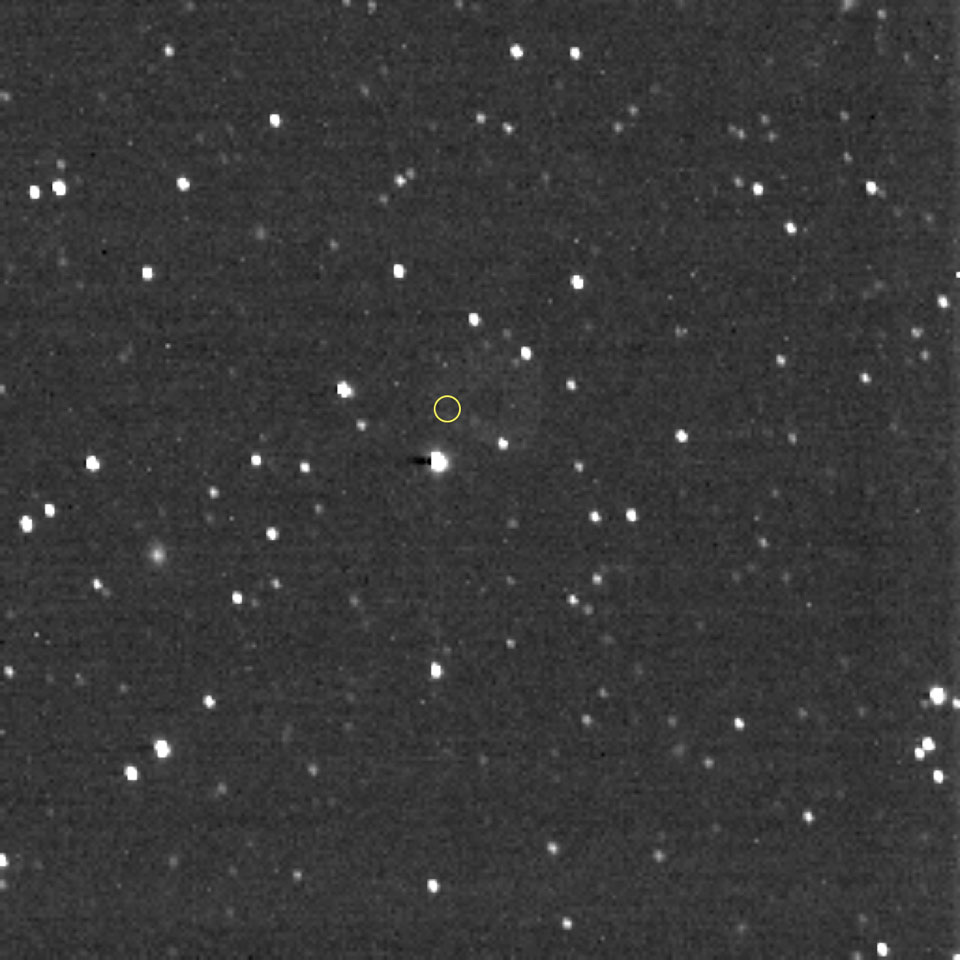
Over the hill
More than just a round number milestone, reaching 50 AU means that everything New Horizons does now is exceeding its planned design lifespan.
"One of the first things you do when designing a spacecraft is set requirements, and one we had to set was what the maximum distance was we were designing the spacecraft to operate at," said Stern. "Now, you always build in margins so you can do better, but we had to have some number so if we crossed that goal line, we could declare victory — that the spacecraft had met its design objectives."
"That goal line was 50 AU," said Stern.
New Horizons flew by Pluto, returning the first close-up look at the world and its moons, in July 2015, when the spacecraft was 39.2 AU from the sun. Then, on New Year's Day 2019, New Horizons made the farthest flyby in history (to date), capturing the first close-up observations of a small Kuiper Belt object ("Arrokoth") at a distance of 43.4 AU from the sun.
"We're still getting data back from that flyby," said Stern. "Meanwhile, as we fly across the Kuiper Belt, we're doing three other things: we're studying the heliospheric environment, the plasma, the dust and the gas; we're studying other Kuiper Belt objects, we know have more than 30 that we have observed in ways you cannot from Earth or from any other spacecraft; and we're using the Subaru telescope in Hawaii, which is one of the largest telescopes in the world, to find new Kuiper Belt objects to study and hoping we find a flyby target, because we still have fuel in the tank and are capable of doing another flyby."
The hope is to find another target before New Horizons runs out of power. Though it draws its electricity from a nuclear battery (a radioisotope thermoelectric generator, or RTG), its plutonium power supply generates 33 watts less every decade. By the late 2030s, when New Horizons will be at or near 100 AU from the sun, it may be too low on power to operate.
Even if New Horizons does not make it to 100 AU, Stern is impressed with how far the mission has gone and even more so with how much its team has been able to achieve.
"When the Voyagers flew, their team was 450 people. New Horizons is doing this on about 50 bellybuttons, so about 10 times smaller," he said.
"When I think about what our team has accomplished over these 15 years with one spacecraft and no backup, going all the way out there to study Pluto for the first time, the Kuiper Belt for the first time and now pass the 50 AU marker where it was designed to be its maximum distance, it just sounds like science fiction to me," said Stern. "I have to pinch myself that this group of people were actually able to do this thing, it is so much larger than life."
Follow collectSPACE.com on Facebook and on Twitter at @collectSPACE. Copyright 2021 collectSPACE.com. All rights reserved.
Join our Space Forums to keep talking space on the latest missions, night sky and more! And if you have a news tip, correction or comment, let us know at: community@space.com.

Robert Pearlman is a space historian, journalist and the founder and editor of collectSPACE.com, a daily news publication and community devoted to space history with a particular focus on how and where space exploration intersects with pop culture. Pearlman is also a contributing writer for Space.com and co-author of "Space Stations: The Art, Science, and Reality of Working in Space” published by Smithsonian Books in 2018.In 2009, he was inducted into the U.S. Space Camp Hall of Fame in Huntsville, Alabama. In 2021, he was honored by the American Astronautical Society with the Ordway Award for Sustained Excellence in Spaceflight History. In 2023, the National Space Club Florida Committee recognized Pearlman with the Kolcum News and Communications Award for excellence in telling the space story along the Space Coast and throughout the world.

